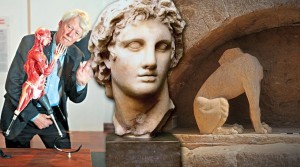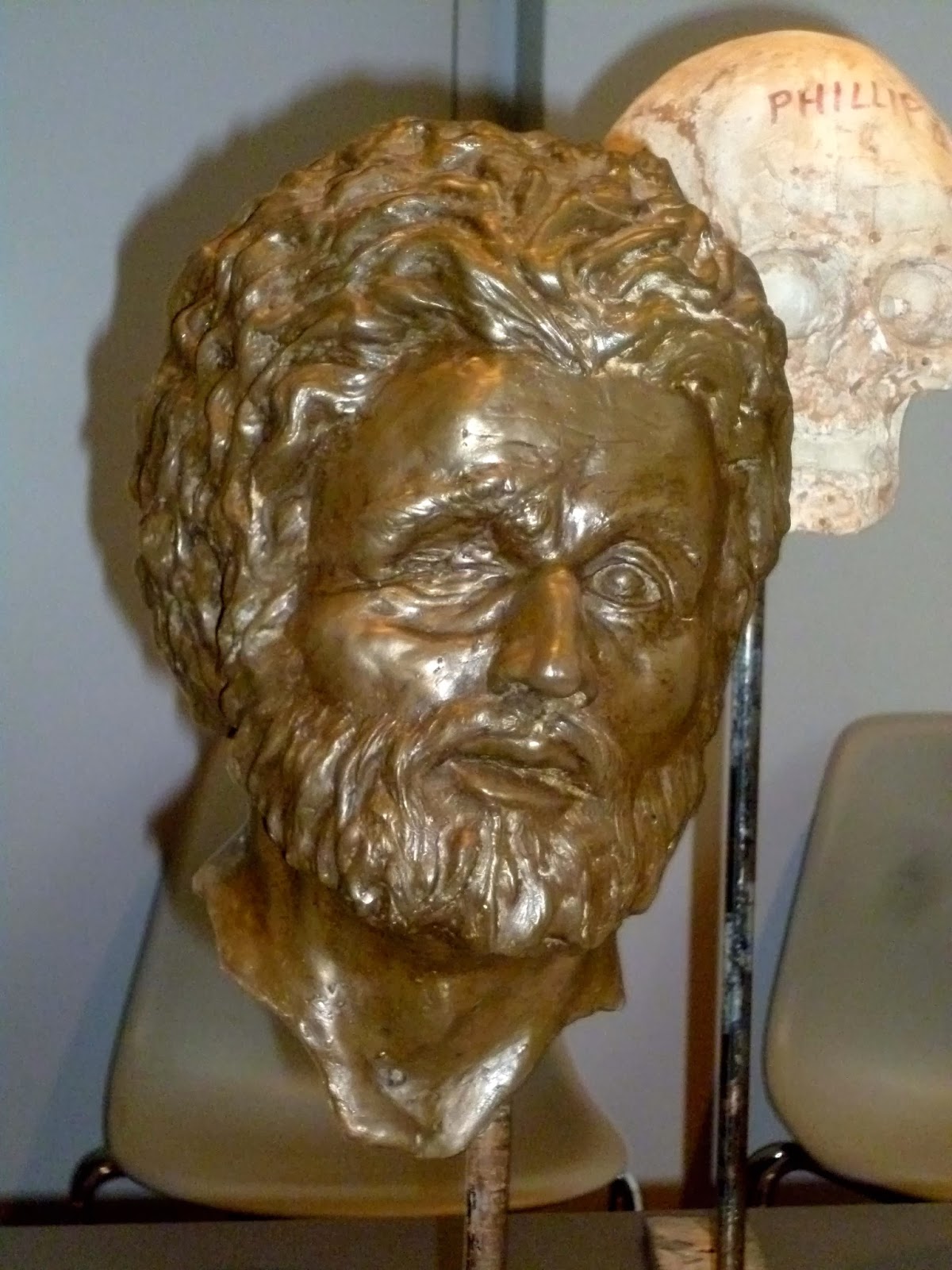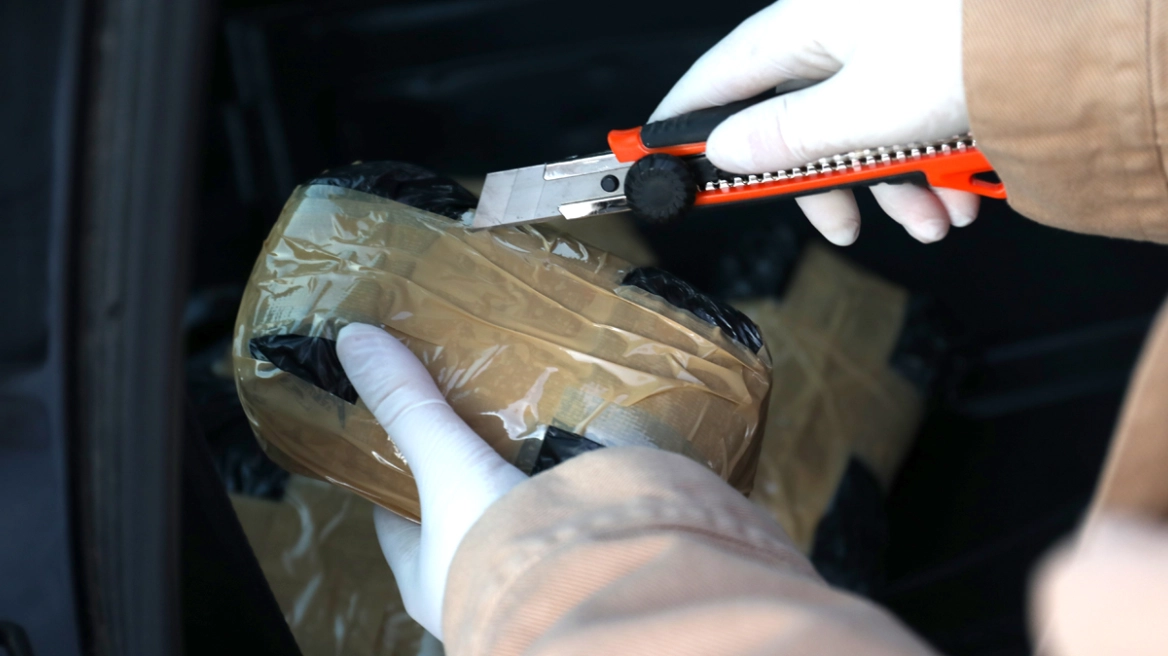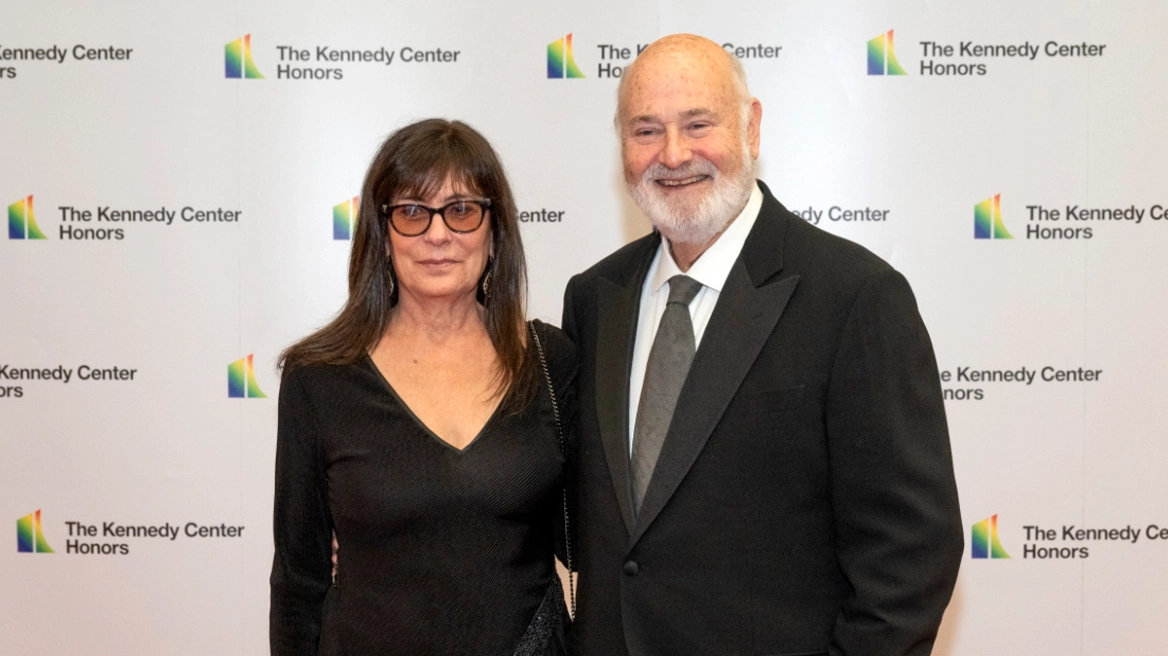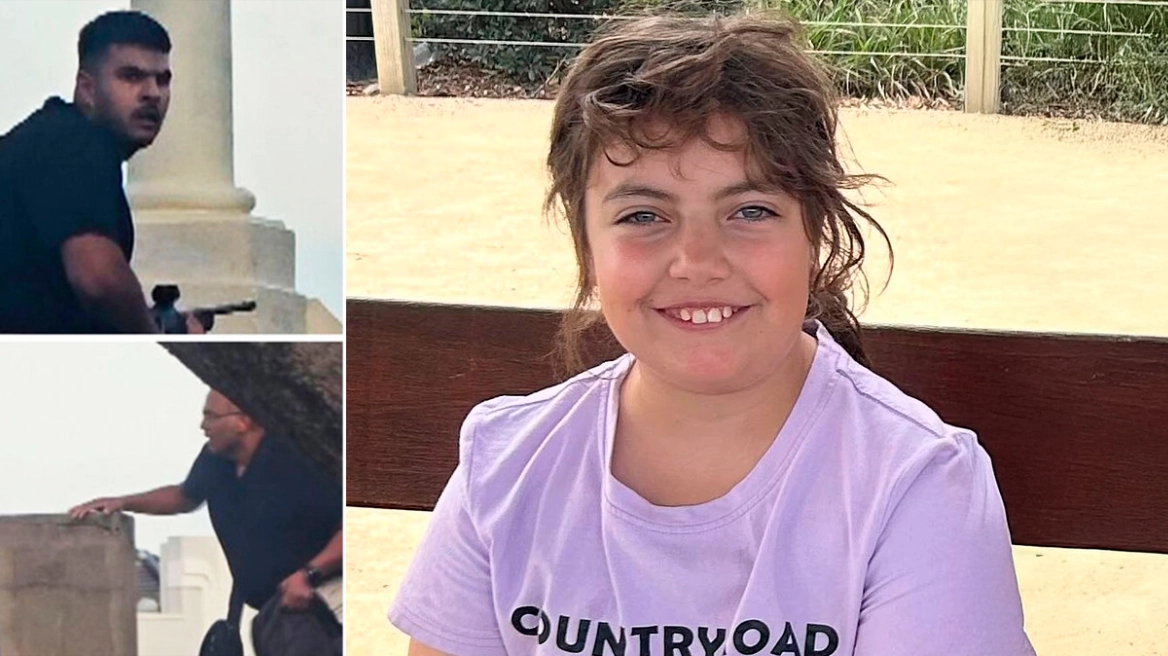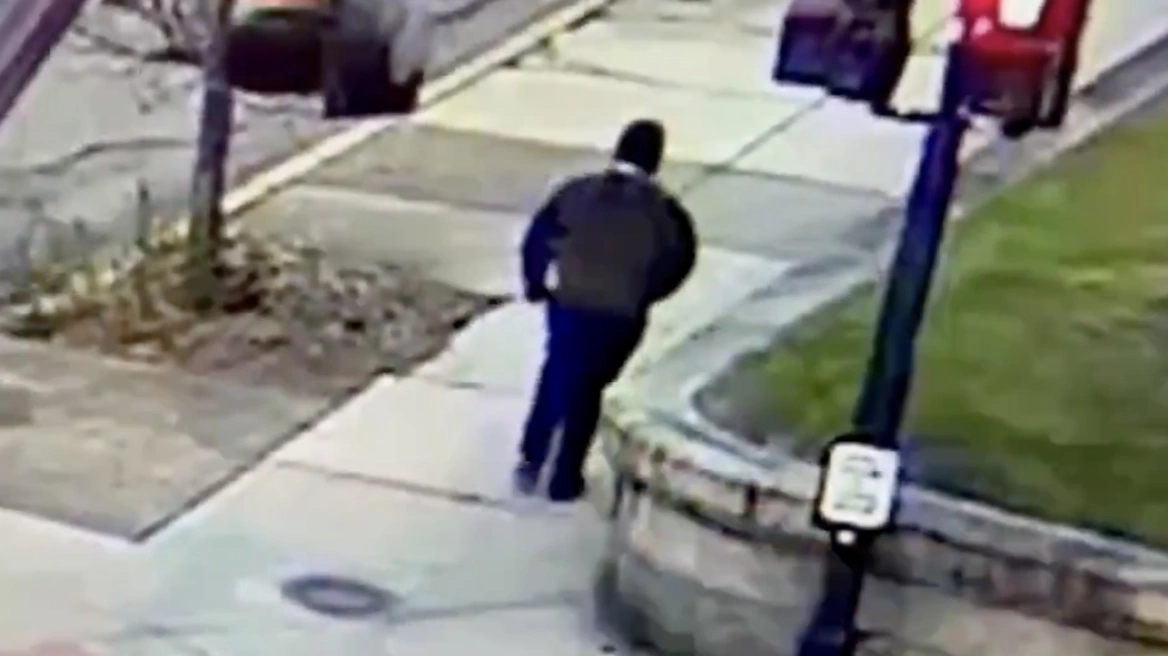Manchestor University Professor Richard Neve, one of the people who pioneered facial reconstruction as an archaeological tool, told Proto Thema that the key word regarding the skeleton found at the ancient tomb at Amphipolis should be left to archaeologists and scientists working at the site. “If there is a chance that the skeleton is that of Alexander the Great, then it would be a challenge for me to reconstruct the face,” he said, adding that he has yet to be contacted by anyone from the excavation.
Professor Neve, along with Professor John Prag, were responsible for the reconstruction of the face of Philip of Macedon, Alexander the Great’s father. His work on the reconstruction allowed Greek archaeologist Manolis Andronikos, responsible for work at Philip II’s unplundered grave at Vergina, to verify the identity of the king.
“Professor Andronikos made a request to Mr. Prag and we took action. The most important coronary records were the mark from a serious injury in his right eye and cheeks that was caused by a strong blow that cost him his vision from the right side,” said Mr. Neve. Historic sources confirmed that King Philip II had lost sight from his right eye following a shot from an arrow during the battle of 354 B.C. in the conquest of Methoni, Pieria. The first reconstruction showed the damage around the eye. Pliny the Elder wrote that all that remained was scarring on his right eye.
Reconstruction showed that the skull had a healed fracture on the right cheekbone and a marked asymmetry on the wall of the right maxillary sinus.
Philip II had been cremated and this made reconstruction hard. “Some parts of the skull had been lost, but we managed to join these and compose the face of the deceased,” says Professor Neve.
Ask me anything
Explore related questions
